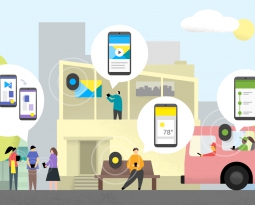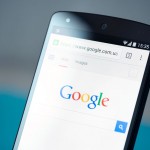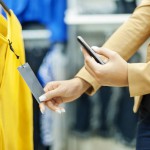Beacons are a relative newcomer to the technology scene, but experts predict their impact to be nothing short of transformative.
Like any new and growing technology, a mythology has quickly sprung up around beacons. Press outlets, bloggers, overzealous marketers and good old-fashioned urban legends have all fueled unfounded rumors regarding beaconsâ use and capabilities. To help clear the air, here are the most common myths about beacons and the truth (or lack thereof) behind them:
Myth #1 â Beacons Only Work with Apple Products
This misunderstanding likely came about because Apple was a vocal pioneer in creating beacon technology. They were the first company to mass distribute beacon capability, starting with the release of iOS 7 in June of 2013. They were also one of the first to deploy beacons in an end-consumer setting by placing iBeacons around their Apple stores.
Since 2013, beacons have become supported by a wide range of devices and operating systems. Beacons can work with any device that has Bluetooth 4 technology, including mobile devices with iOS 7 or Android 4.3 and later releases installed. Brands can visit Bluetoothâs website for a full range of compatible products.
Myth #2 â Beacons Are Expensive
Beacons are actually one of the cheapest technological investments a brand could make. The broadcast devices themselves are simple and can cost as little as $5 apiece.
Operating software can be purchased that integrates multiple functions into one dashboard. This overlap makes beacons a negligible cost when added on to a comprehensive content management and delivery system like the one available from Digital Social Retail. The added functionality, analytics and customer journey control beacons offer can create a significant return on investment, letting the devices pay for themselves over time.
Myth #3 â Beacons Deliver Content
Most people misunderstand how beacons actually work. The truth is, beacons broadcast only the tiniest amount of information. Any device within the beaconâs range receives:
- The retailer or ownerâs universal identifier
- A major number relating a set of beacons for a store section or retail location
- A minor number identifying the specific beacon being accessed
Nearly all of the exciting functionality that comes from beacons happens on the customerâs mobile devices. An app or system feature like Passbook must be opened to use the beaconâs current function. Features are triggered when the device owner comes within the range of beacon, making beacons âunlockâ functionality within the app or device rather than any information coming from the beacon itself.
Myth #4 â Beacons Violate Privacy
Since very little information is coming from the beacon, there is no âall seeing eyeâ being used within stores like some hyperactive imaginations have suggested. All of the true personal information is being exchanged within the device and app of the individual customer. Customer security is governed by how well the app or internal device is at handling things like data encryption.
The other feature of beacons that makes them safe from privacy concerns is that users have to somehow opt in to accessing beacons. Information like geoposition can be switched off individually on the device. Users also must choose to access the beacon through a branded app or an app like Appleâs Passport. If a customer really does not want to be bothered by a beacon, they can choose not to install the app, to switch the appâs information sharing off or to switch their Bluetooth off altogether.
Myth #5 â Beacons Have Limited Use
Since the way beacons work is deceptively simple, the true usefulness of beacons is only limited by imagination.
In addition to sending timely offers and tracking customer movement, beacons have been used by other organizations in a variety of creative ways. Hotels are using them for automated check ins, museums are using them for self-guided tours, sports stadiums have created a number of exciting functions for event attendees and the educational uses of beacons are still being explored.
Brands who buy beacons now have the advantage of being able to scale along with technological developments as interactivity improves and new ideas are brought to market. As it is now, beacons can help control the customer journey and reinforce branding seen in digital marketing and advertising campaigns.
Digital Social Retail offers a software platform that can manage beacon use and integrate them with loyalty programs, social media posting, digital signage and much more to create a rich, exciting experience for every step of the customer journey. Visit our homepage to learn more about how our platform can be a solution for countless business needs.










